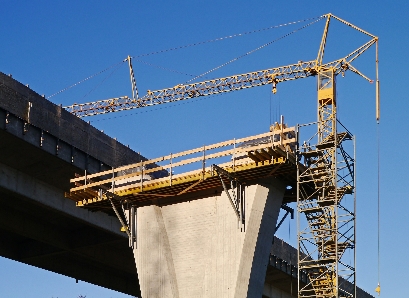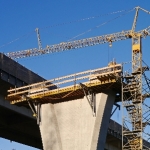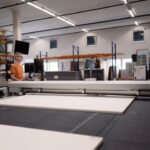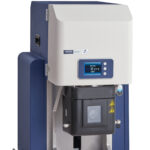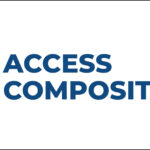The attractive long-term prospects for pultruded composites in infrastructure and further key application markets were highlighted at the recent World Pultrusion Conference, organised by the European Pultrusion Technology Association (EPTA). This year’s event gathered composites professional to Vienna on 1-2 March to discuss growth drivers for the pultrusion industry, potential in existing and emerging applications, and the latest developments in materials, testing and standardisation.
Global trends such as sustainability continue to drive the adoption of strong, lightweight and durable composite materials. Pultrusion, one of the few continuous process for manufacture of composite parts, enables the high volume manufacture of structural profiles with excellent mechanical properties and consistently high quality. Pultruded composites have found a role in numerous industries including construction, transportation, consumer goods, and the electrical and chemical sectors.
Reducing life cycle costs
Research has shown that glass fibre reinforced plastic (GRP) rebar can maintain its microstructural integrity and mechanical properties after 15 years of service, offering new levels of durability, life cycle cost reduction and long term performance for infrastructure owners. The Halls River Bridge in Florida is an example of a next generation bridge initiative designed to demonstrate the reliability and benefits of composite materials. Various composite materials, and production techniques, are featured throughout the structure, including GRP rebar in the superstructure’s deck, barriers and approach slabs, and in areas of the substructure and sheet pile walls.
Enhanced productivity
Alongside discussions of market potential, increased productivity was a strong focus of the conference. Delegates learned about new advances in resin systems and curing agents aimed at increasing pultrusion line speed without compromising the properties of the final part. The challenge of online non-destructive testing (NDT) was also addressed through presentations on a number of novel technologies. The conference concluded with status reports on standardisation initiatives in the US and Europe, the success of which will be crucial to facilitating future adoption of pultruded composites in the construction market and beyond.
More information: www.pultruders.org


